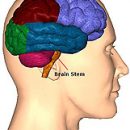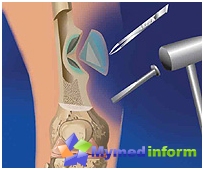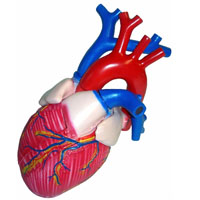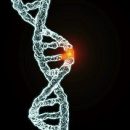Each person ever had a belly. However, it is important to distinguish when the pain is a consequence of intestinal hyperperistatics, for example, with excess gas formation, and when a serious pathological symptom.
Content
Each person ever had a belly. However, it is important to distinguish when the pain is a consequence of intestinal hyperperistatics, for example, with excess gas formation, and when a serious pathological symptom.
Types of abdominal pain
You can highlight the two most common types of pain:
Spastic (convulsive) pain, So-called colic. It is usually manifested by wave-like attacks, the intensity of which increases or decreases. The pain is due to deformations in the intestines (stretching or compression), and as a rule is a consequence of hyperactive peristaltics. Such pain causes excess gas formation in the intestines, infectious inflammatory processes, or stress.
Permanent abdominal pain. This type of abdominal pain is relatively constant and somewhat. Patients often describe it as «burning in stomach», acute, cutting or «hungry» pain. This type of pain is a consequence of serious inflammations of the abdominal cavity organs, ulcerative lesions, attacks of biliary diseases, abscesses or acute pancreatitis.
Unpleasant symptoms
Often abdominal pain is accompanied by other unpleasant symptoms.
This is sweating, nausea, vomiting, rumbling (especially when making horizontal position or change position). Symptoms are important factors indicating disorders of the intestinal function, stomach, biliary tract or inflammatory processes in the pancreas. Chills and fever usually accompany hazardous intestinal infections or blockage of biliary ducts. Changes in urine and feces is also a sign of the blockade of the biliary tract. At the same time urine as a rule acquires dark color, and feces. Intensive convulsive pain, accompanied by black or bloody chair, indicates the presence of internal bleeding and requires immediate hospitalization.
Duration of pain
Usually the pain that lasts from a few seconds to a minute is not a serious reason for concern. The pain of which is the watch whether even days is a serious symptom and you should get a medical examination as soon as possible.
When abdominal pain can appear?
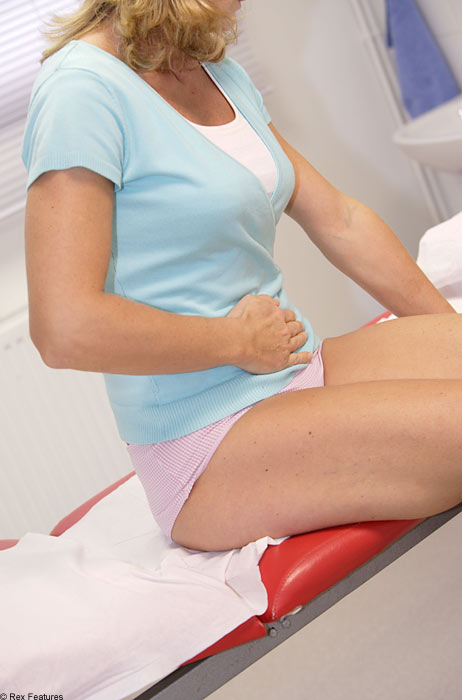 Abdominal pain can appear spontaneously at any time. Let's look at some, the most frequent cases of abdominal pain syndrome.
Abdominal pain can appear spontaneously at any time. Let's look at some, the most frequent cases of abdominal pain syndrome.
Intensive abdominal pain that makes you wake up at night. It can appear before or after meals. The pain often may precede the intestinal emptying, or manifests immediately after the act of defecation. "Cutting" The pain characteristic of the intestine ulcer is manifested immediately before taking food. Intensive pain caused by a biliary disease, like pain in pancreatitis, usually develops after eating. The most frequent causes of abdominal pain are irritable bowel syndrome (SRK) and dyskinesia of the biliary tract. For patients with CRK, the appearance of pain immediately after eating, which is accompanied by a bloating, enhanced peristaltics, ration, diarrhea, or gear demolition. Pains sneeze after the defecation and passage of gases and, as a rule, do not bother at night. Pain syndrome at the CPC is not accompanied by loss of body weight, fever, anemia. Inflammatory bowel diseases accompanied by diarrhea (diarrhea) can also cause spasm and pain usually before or after the intestinal emptying. Among the patients with psychogenic disorders of the gastrointestinal tract, abdominal pain as a leading symptom occurs in 30% of cases.
Where you have hurts?
The location of the localization of pain is one of the main factors for diagnosing the disease. The pain focused in the upper bonding cavity departments is usually caused by disorders in the esophagus, intestines, biliary tract, liver, pancreas. The pain arising from tyranny diseases or inflammatory processes in the liver is localized in the upper right department of the peritoneum; (may be irradiated under the right blade). Pain with ulcers and pancreatitis usually irradiates through the whole back. Pains caused by disorders in the subtle intestinal department are usually concentrated around the navel, while pain caused by a thick intestine is recognized in the middle of the peritoneum and below the navel. Pelvic pains are usually felt as compression and discomfort in the rectal area. In the abdominal pain syndrome, pain, as a rule, a small intensity is concentrated in the upper middle part of the abdominal cavity, or in the leftmost lower part. The pain syndrome is characterized by the manifestation of manifestations: from diffuse stupid pain to sharp, spasmodic; from permanent to paroxysms of abdominal pain. The duration of pain episodes - from a few minutes to several hours. In 70% of cases, pain is accompanied by a disorder of intestinal motility (diarrhea or constipation).
Causes of the causes of pain
The most common cause is food that we use. Emission irritation (graceful pain) causes salted, too hot or cold food. Some foods (fat, rich in cholesterol of food) stimulate the formation or movement of the biliary stones, causing biliary colic attacks. It is no secret that many people have intolerance to a certain kind of products, such as milk, dairy sugar or lactose. Eating them in food leads to spastic pains in the stomach, bloating and diarrhea.
In which case you need to visit the doctor?
With a positive response, at least one of the following issues, you should contact the doctor:
- You often experience abdominal pain?
- Does the experienced pain affect your daily activity and working responsibilities?
- You observe weight loss or decline in appetite?
- Your pain is accompanied by vomiting or nausea?
- Do you observe changes in the intestinal habits?
- Wake up from intense abdominal pain?
- Did you suffer in the past from diseases such as ulcers, biliary disease, inflammatory bowel disease, surgical interventions?
- Do not have the drugs taken by you by the side effects of the gastrointestinal tract (aspirin, nonsteroidal anti-inflammatory)?
What to do? Where to seek help?
I want to remind you that the abdominal pain cannot be removed by painkillers. It should not be used to use the heating point if the cause of pain is unknown. First of all, in the event of pain in the abdomen, it is necessary to seek at least a physician.
And remember – No independence!
With pain in the stomach, especially strongly pronounced, do not self-medicate, in no case do not take painkillers! Eliminating pain, reducing the temperature (and many painkillers are effectively reduced and the temperature), you make it difficult for doctors to make a diagnosis, and this may lead to serious complications. Remember that abdominal pain in almost all cases is quite a serious phenomenon, to which it is impossible to treat indifferent, because it is in the stomach that the most important organs of man are located. Heart, digestive and endocrine systems, reproduction systems can manifest in abdominal pain. Therefore, it is impossible to treat them frivolously.

